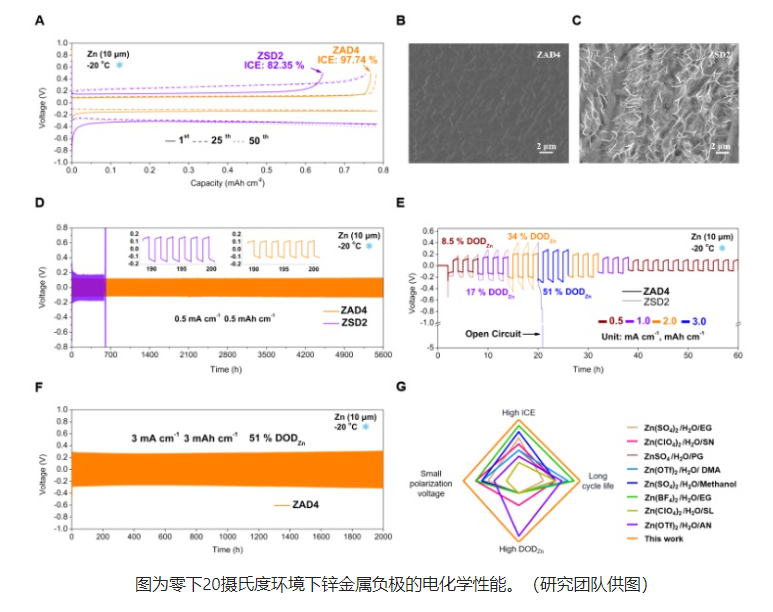Virginia Tech develops a better robotic jellyfish
Researchers at Virginia Tech have created a larger, improved version of their existing RoboJelly robotic jellyfish
Image Gallery (3 images)
Last year, a team of researchers from the Virginia Tech College of Engineering unveiled RoboJelly – a robotic jellyfish in development since 2009, that’s about the size of a man’s hand. While the squishy little robot is certainly an impressive feat of engineering, the same team has now created a bigger, better jellybot, known as Cyro.
The lion’s mane jellyfish served as the inspiration for the new robot – the monicker “Cyro” comes from that animal’s Latin name, cyanea capillata.
The neutrally-buoyant robot is five feet, seven inches (1.7 meters) wide, and weighs 170 pounds (77 kg)。 Its rigid inner support structure contains its electronic components, including its rechargeable nickel metal hydride battery. Attached to that structure are eight mechanical arms, each powered by its own direct current electric motor. Working with the surrounding exterior silicone body, the movements of those arms are able to successfully reproduce the swimming motion of the real jellyfish.
Cyro‘s inner structure, placed on top of a plastic crate
Cyro has been made bigger than RoboJelly not because it’s more impressive, but because it’s more practical. When used to autonomously monitor the marine environment, perform surveillance, map the ocean floor or perform other duties, a bigger robot could hold a larger payload of sensors and processors, go farther, and stay at sea longer – possibly weeks or even months at a time
The differences between the two robots don’t end with their size. While RoboJelly receives its power via a tether, Cyro is completely free-roaming. RoboJelly does incorporate an experimental system in which it’s able to power itself using hydrogen and oxygen extracted from the surrounding water, although there’s reportedly much more work to be done before that technology could be practically integrated into a sea-going robot.
Even Cyro itself isn’t likely to be heading off on any solo ocean voyages any time soon. In fact, a successor is already in the works. It’s hoped that the next robot will consume less power, swim more effectively, and generally be more similar to a real jellyfish. Some of the reasons that jellyfish were chosen as the “template” for the robots include the facts that the animals use very little energy when swimming, they exist in a variety of shapes and sizes, and they function in a wide range of marine and freshwater environments.
Both Cyro and RoboJelly are part of an ongoing project funded by the U.S. Naval Undersea Warfare Center and the Office of Naval Research, that also involves research being conducted at Providence College in Rhode Island, the University of California Los Angeles, the University of Texas at Dallas, and Stanford University. The Virginia Tech team is headed by Prof. Shashank Priya.
自動翻譯僅供參考
弗吉尼亞理工大學研制出了更大更好的機器水母 Virginia技術開發出更好的機器人jellyfish
研究人員在弗吉尼亞理工大學創造了他們現有的RoboJelly機器人水母
圖片廊(3圖像)
去年,來自弗吉尼亞理工大學工程學院的一組研究人員揭開了機器人Jelely的面紗——機器人水母從2009開始發展,這是一個男人手的大小。雖然這臺小型的機器人確實是一項令人嘆為觀止的工程成就,但同一個團隊現在創造了一個更大更好的果凍機器人,即Cyro。
獅鬃水母擔任靈感的新的機器人 - 的外號“西羅”的由來從動物的拉丁名,霞capillata
的中性浮力的機器人是五英尺7英寸(1.7米)寬,重170磅(77千克)。其剛性內支承結構包含其的電子元件,包括它的可再充電的鎳金屬氫化物電池。連接到該結構八個機械臂,每個搭載自己的直流電動機。與周圍的外部硅膠體工作,這些武器的動作能夠成功地再現真實水母的游泳運動。
西羅的內部結構,放置在塑料箱的頂部
西羅已大于RoboJelly不是因為它是更令人印象深刻,但因為它更實用。當用于自動監測海洋環境,執行偵察,繪制洋底或執行其他職責,一個更大的機器人可容納傳感器和處理器的更大的有效載荷,走的更遠,并停留在海上長 - 可能數周甚至數月的時間
兩個機器人之間的差異不與它們的大小結束。雖然RoboJelly通過繩索取電,西羅是完全自由漫游。 RoboJelly確實包含一個實驗系統中,它能夠使用氫和從周圍的水中提取氧氣本身供電,雖然有報道更多的工作要做之前,這種技術可以切實融入出海機器人。
即便西羅本身不太可能對任何單獨的海洋將遠赴航程任何時間很快。事實上,繼任者已經在工程。它希望下一次機器人將消耗更少的功率,更有效地游泳,并且一般更類似于真正的水母。一些水母被評為“模板”用于機器人的原因包括對動物使用游泳時,它們中的各種形狀和尺寸的存在非常少的能量的事實,它們在大范圍的海洋和淡水的功能環境
雙方西羅和RoboJelly是在普羅維登斯學院在羅得島州,加州大學洛杉磯分校,正在開展由美國海軍水下作戰中心和海軍研究,還涉及研究辦公室資助的正在進行的項目的一部分德克薩斯大學達拉斯分校和斯坦福大學。弗吉尼亞理工大學團隊由沙善普里亞教授
-
機器人
+關注
關注
211文章
28386瀏覽量
206921
發布評論請先 登錄
相關推薦
都靈理工大學校長一行再訪SPEA

大連理工大學EMBA走進研華科技
從新加坡到深圳:南洋理工大學(NTU)與VoiceAI的深度對話

OPPO與香港理工大學深化合作,升級聯合創新研究中心
玻色量子與北京理工大學達成量子云計算合作
武漢理工大學在水系鋅離子電池研究方面取得新進展

傳音控股旗下TECNO與南洋理工大學ACRC達成戰略合作
安徽理工大學校長袁亮院士走訪調研達實智能
安徽理工大學選購我司熱重分析儀及差示掃描量熱儀

凱澤斯勞滕理工大學通過TS-AWG全新DDS固件選件加速量子計算機開發

華東理工大學選購我司差示掃描量熱儀和導熱系數測試儀

武漢芯源半導體與長春理工大學“CW32嵌入式創新實驗室”揭牌
感謝浙江理工大學對我司導熱系數測試儀認可

中山聯合光電:精密光學實驗室簽約落地長春理工大學中山研究院





 弗吉尼亞理工大學研制出了更大更好的機器水母
弗吉尼亞理工大學研制出了更大更好的機器水母











評論